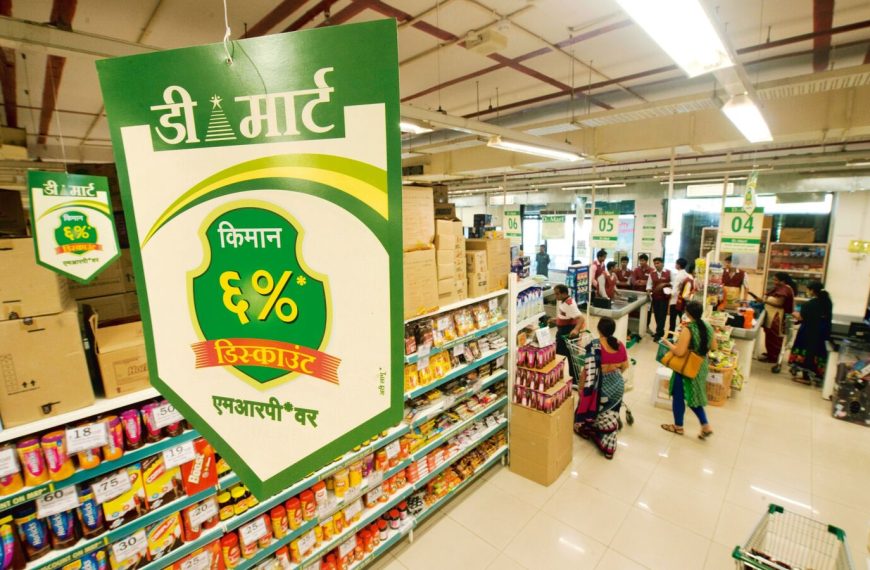Crude oil prices have recently dipped below the $70 per barrel mark, largely due to OPEC+ gradually easing voluntary production cuts, coinciding with a downturn in the US economic outlook. This scenario poses a significant challenge for oil producers, while potentially benefiting oil marketing companies (OMCs) that stand to gain from reduced input costs.
Impact on Oil Marketing Companies
Falling crude prices can adversely affect upstream sectors, such as oil drilling, but can provide a boost for OMCs. Here’s how:
- Lower input costs for OMCs can enhance profit margins.
- With retail fuel prices remaining stable, OMCs can expand their margins, leading to increased profitability.
For Indian OMCs, the situation seems particularly favorable. The Nifty Energy Index has shown a remarkable recovery, jumping 11.5% in March, indicating a positive shift in the sector’s outlook.
Spotlight on Beneficial Energy Stocks
In light of these developments, we explore two energy companies that could thrive due to the recent decrease in crude oil prices.
Bharat Petroleum Corporation (BPCL)
Bharat Petroleum Corporation, often referred to as BPCL, is a significant player in the Indian oil sector, with the Indian government holding a 51.9% stake. As a Fortune 500 entity, BPCL is heavily involved in refining crude oil and distributing petroleum products.
- Market Position: BPCL is the third-largest refining company in India, commanding a 25.4% market share and boasting a refining capacity of 35.3 million metric tonnes (MMT), which accounts for roughly 14% of the nation’s total refining capability.
- Sales Volume: In FY24, BPCL achieved domestic sales of over 51 MMT, making it the second-largest OMC in the country with around 22,921 retail outlets.
The company reported a 2% year-on-year decline in revenue for Q3FY25, totaling ₹1.30 trillion. However, profits surged by 37% to ₹38 billion, driven by improved marketing margins. The marketing gross margin increased by 113% to ₹7.4 per litre, thanks to steady retail prices amidst falling crude costs.
Looking forward, BPCL plans substantial capital investments to enhance its marketing infrastructure and diversify into renewable energy, aiming for 2 GW of capacity by FY24 and 10 GW by 2030-35. The company is also well-capitalized with a cash reserve of ₹23 billion and a 5.7% dividend yield.
Hindustan Petroleum Corporation (HPCL)
Hindustan Petroleum Corporation, or HPCL, is another major public sector entity with Maharatna status, primarily engaged in refining and marketing petroleum products.
- Majority Stake: Controlled by ONGC, HPCL operates 22,953 retail outlets as of Q3 FY25, leading in retail distribution.
- Refining Capacity: The company runs two major refineries in Mumbai and Visakhapatnam, with capacities of 9.5 MMTPA and 13.7 MMTPA, respectively.
In Q3 FY25, HPCL’s revenue saw a slight decline of 0.7% to ₹1.1 trillion, yet profits skyrocketed by 471% to ₹30 billion, primarily due to lower material costs. The average gross refining margin was $6 per barrel, and the marketing margin increased by 310% year-on-year to ₹5.7/litre.
HPCL is also aggressively investing in future growth, with plans for a ₹140 billion capital expenditure, including a new 9 MMTPA greenfield refinery in Rajasthan, expected to be operational by the end of 2025. The company is diversifying into green energy projects and pursuing a demerger of its lubricant business, potentially unlocking significant shareholder value.
Conclusion: A Watchful Eye on Opportunities
Both BPCL and HPCL are poised to gain from the recent downturn in crude oil prices, leading to enhanced marketing margins and improved profitability. However, the sustainability of these gains depends on stable retail prices and any potential regulatory changes.
Investors should keep an eye on these companies, as they not only present attractive valuations but also offer robust dividend yields, making them worthy contenders for your investment watchlist.











